What is a netsuke
A netsuke is a small hand carved toggle traditionally used to secure tobacco pouches, and small bags to the obi of the wearer. A cord passed under the obi, and the netsuke acted as a stopper so the container would hang securely. Over time these useful fittings became refined miniature sculpture, often signed and made to be handled as much as viewed. The word combines ne (root or base) and tsuke (to attach).
 Inro and Netsuke in the shape of a Boar
Inro and Netsuke in the shape of a Boar
Early 19th century - Kurinara Gyokudo (Source)
Unlike women’s kimono, men’s kimono are often dyed in quieter colours and woven in simpler patterns. For centuries, men in Japan have added flair by focusing on the details: the hidden drama of haori (jacket) linings and the striking designs of the nagajuban (underkimono), often hand-painted to order. Another outlet for individuality is the netsuke, a small carved toggle that began as a practical device and grew ever more decorative. Threaded on a cord, it anchors an inro or pouch to the obi, neatly solving the pocketless kimono and turning utility into sculpture.

Woman holding a mens haori with a patterned lining - KITAGAWA, Utamaro (Source)
Materials and Subjects
Common materials include various hardwoods, antler, horn, ivory lacquer, and metal.
Subjects mirror Japanese life and imagination: folklore and theatre, deities and mythical creatures, trades, humorous scenes, animals of the zodiac, plants, tools, and abstract patterns. Good netsuke balance grip, weight, and unobtrusive contours so they do not snag cloth.

Dancing Lion - SAITO, Bishu
Hand carved Japanese Boxwood
A brief history
Use peaked in the Edo period. With the shift to Western dress in the Meiji era, daily need declined in Japan, while interest rose among overseas collectors. Many pieces left the country, and makers also produced works for export that echoed classical models. The netsuke were voraciously collected as objet d'art and now many collections are found all over the world.
The story continues today through contemporary artists who treat netsuke as sculpture scaled to the hand. The Netsuke has been subject to many western writings, including the memoir "The Hare with Amber Eyes: A Hidden Inheritance" (2010) by British ceramicist Edmund de Waal, tracing back his family history as well as the aquiring of his family collection of netsuke.
Contemporary makers: SAITO Bishu and “gendai netsuke”
A pivotal change came in the 1970s with the rise of “gendai netsuke,” where individual vision moved to the fore while preserving the object’s tactile purpose. Among its leading figures is SAITO Bishu. Born into a family of carvers and successor to the Bishu name in 1972, Saito begins with aratouri (roughing out), then knife carving, then lets the piece rest before final decisions. He returns with a cooler eye to adjust forms prior to polishing and finishing. Finishes may include delicate hairline engraving, inlay for features such as eyes, and subtle dyeing or colouring. The result is work that feels right in the hand, reads clearly in the round, and honours use as well as look.

Unicorn - SAITO, Bishu
Hand carved deer horn, inlayed eye of sheep horn.
Where to see netsuke in the flesh.
Significant public collections can be found at the Kyoto Seishu Netsuke Art Museum (Kyoto), Tokyo National Museum (Tokyo), The British Museum (London), Victoria and Albert Museum (London), Ashmolean Museum (Oxford), Chester Beatty (Dublin), The Metropolitan Museum of Art (New York), Museum of Fine Arts, Boston, LACMA (Los Angeles), Asian Art Museum of San Francisco, Toledo Museum of Art, Minneapolis Institute of Art, Cleveland Museum of Art, The Walters Art Museum (Baltimore), and the Smithsonian’s National Museum of Asian Art in Washington, D.C. There are also sizeble private collections to be found all over the world. The hotel Château La Coste in Provence, France, boasts a large collection .
We also have an extensive collection of contempoary netsuke by artist SAITO Bishu available for purchase at Ginza Motoji.
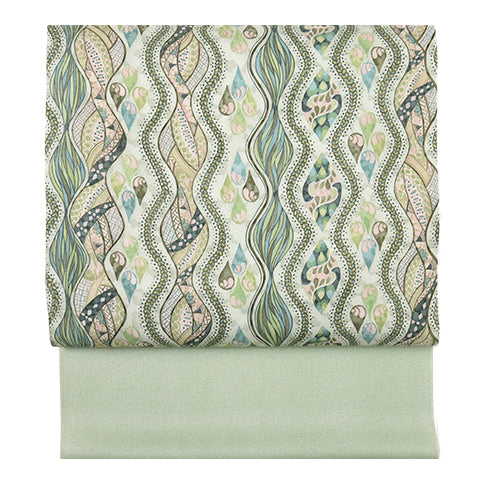 名古屋帯
名古屋帯
 袋帯
袋帯
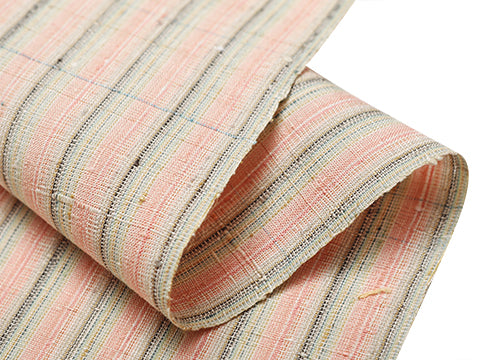 紬・綿・自然布
紬・綿・自然布
 小紋・江戸小紋
小紋・江戸小紋
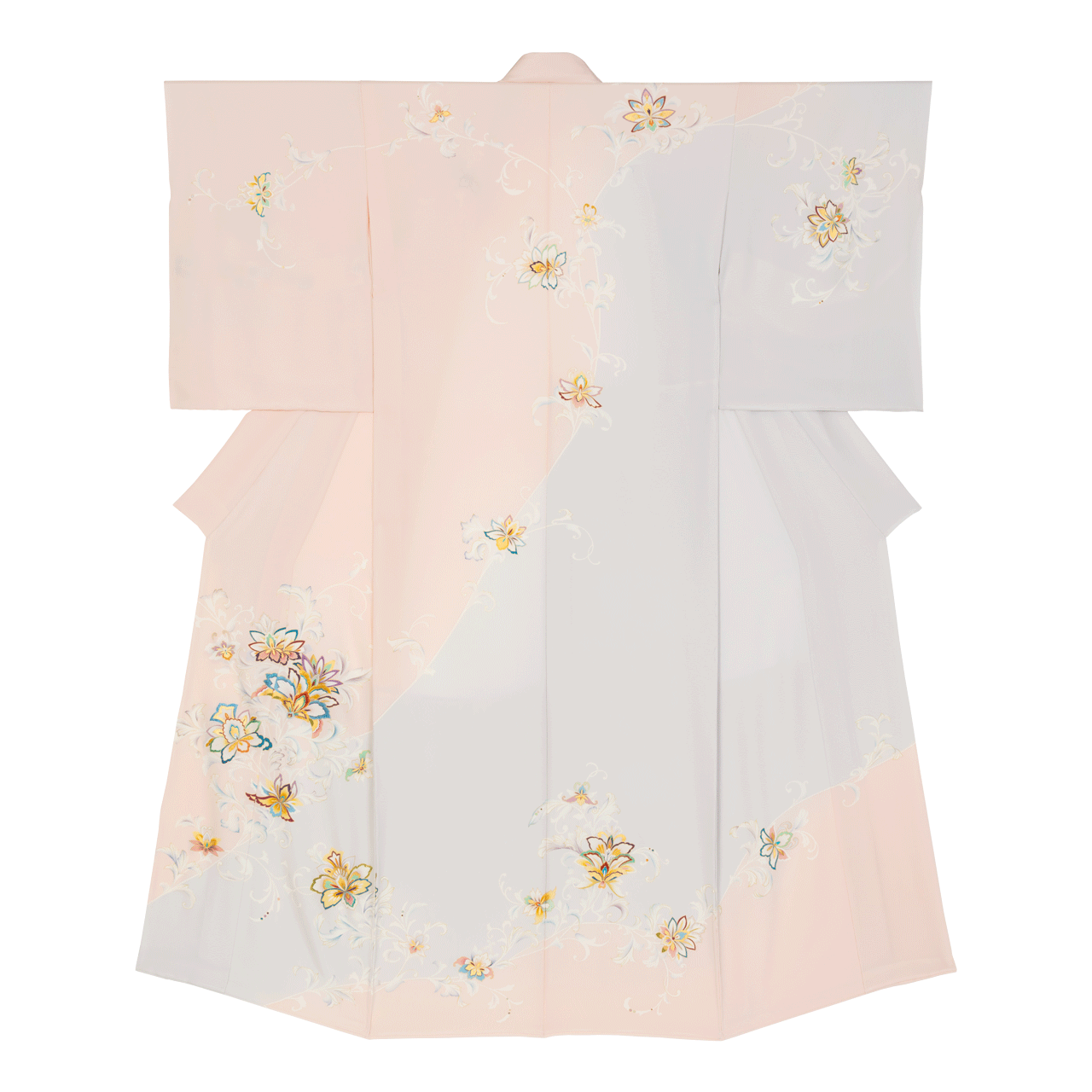 訪問着・付下げ・色無地ほか
訪問着・付下げ・色無地ほか
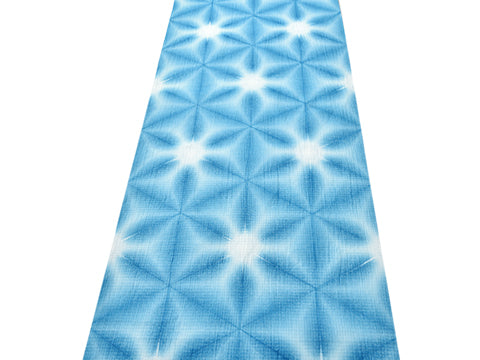 浴衣・半巾帯
浴衣・半巾帯
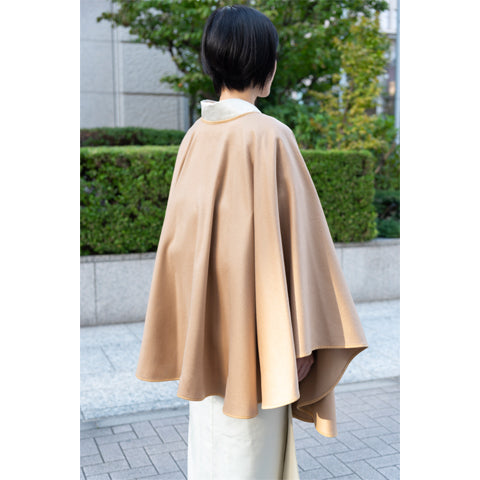 羽織・コート
羽織・コート
 肌着
肌着
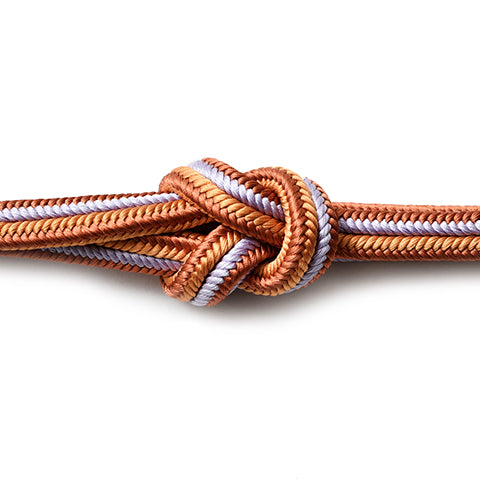 小物
小物
 履物
履物
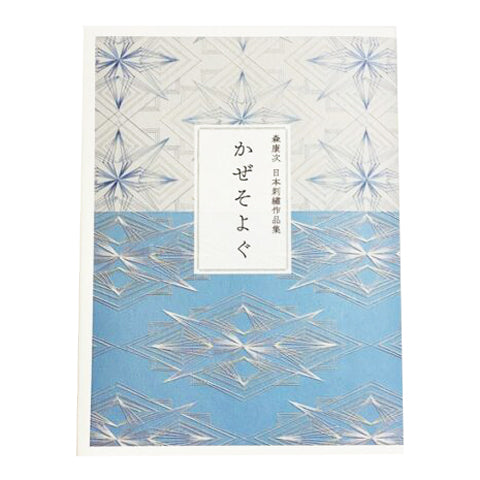 書籍
書籍
 長襦袢
長襦袢
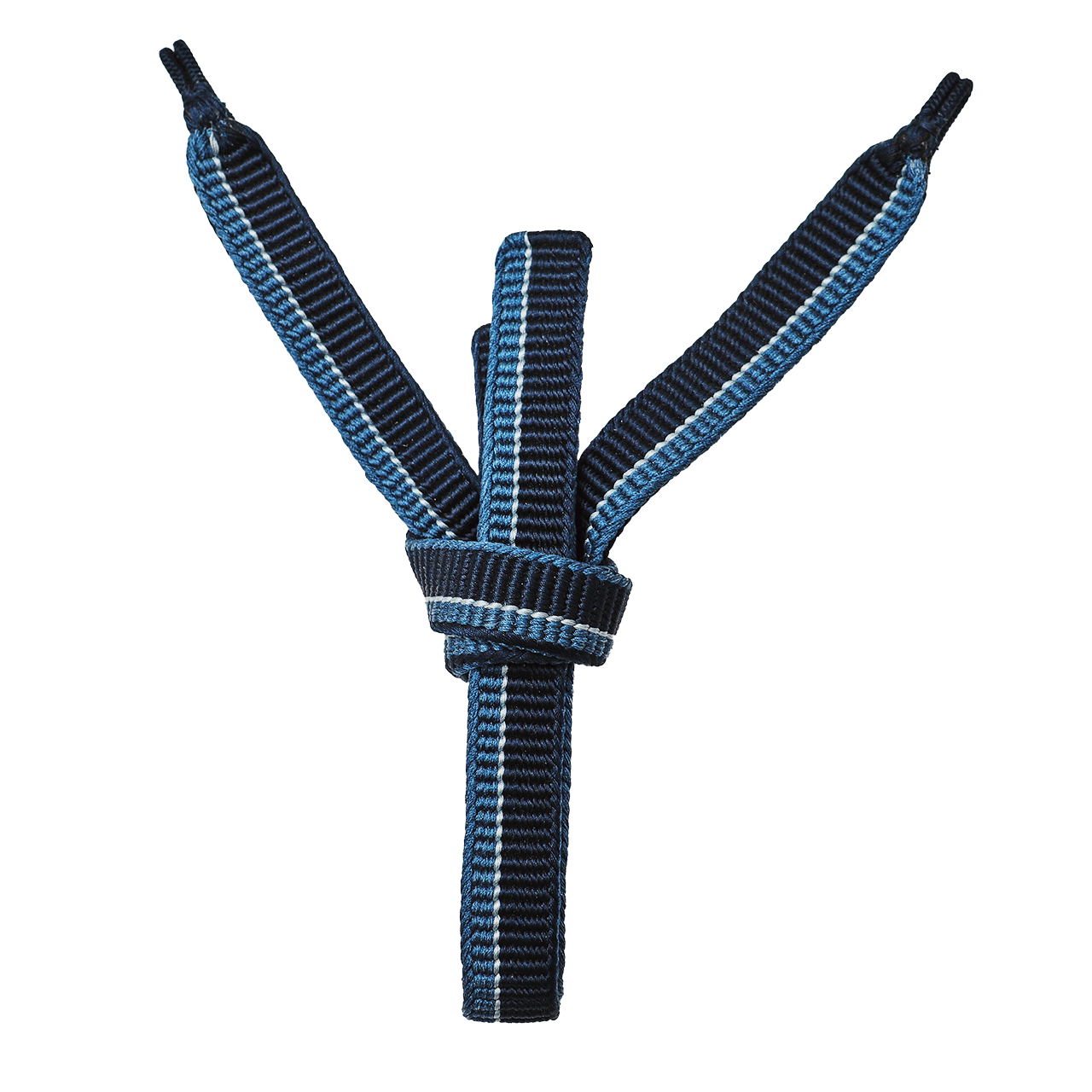 小物
小物
 帯
帯
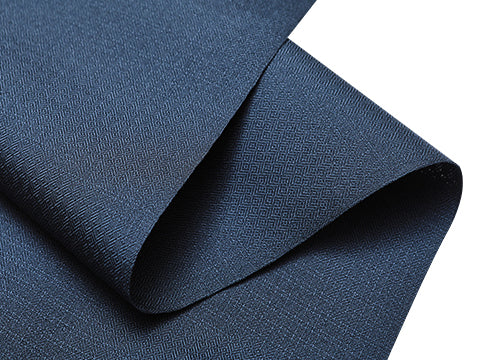 お召
お召
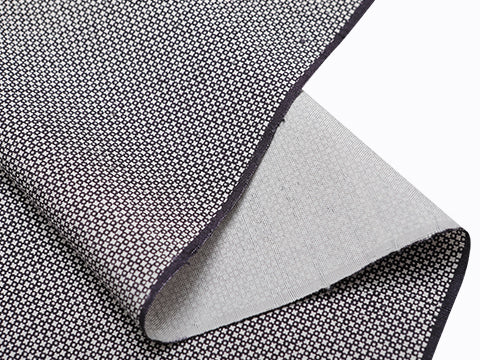 小紋・江戸小紋
小紋・江戸小紋
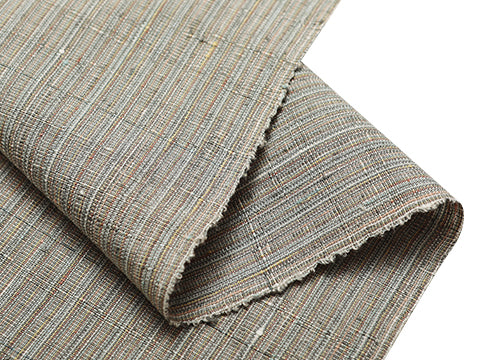 紬・綿・自然布
紬・綿・自然布
 袴
袴
 長襦袢
長襦袢
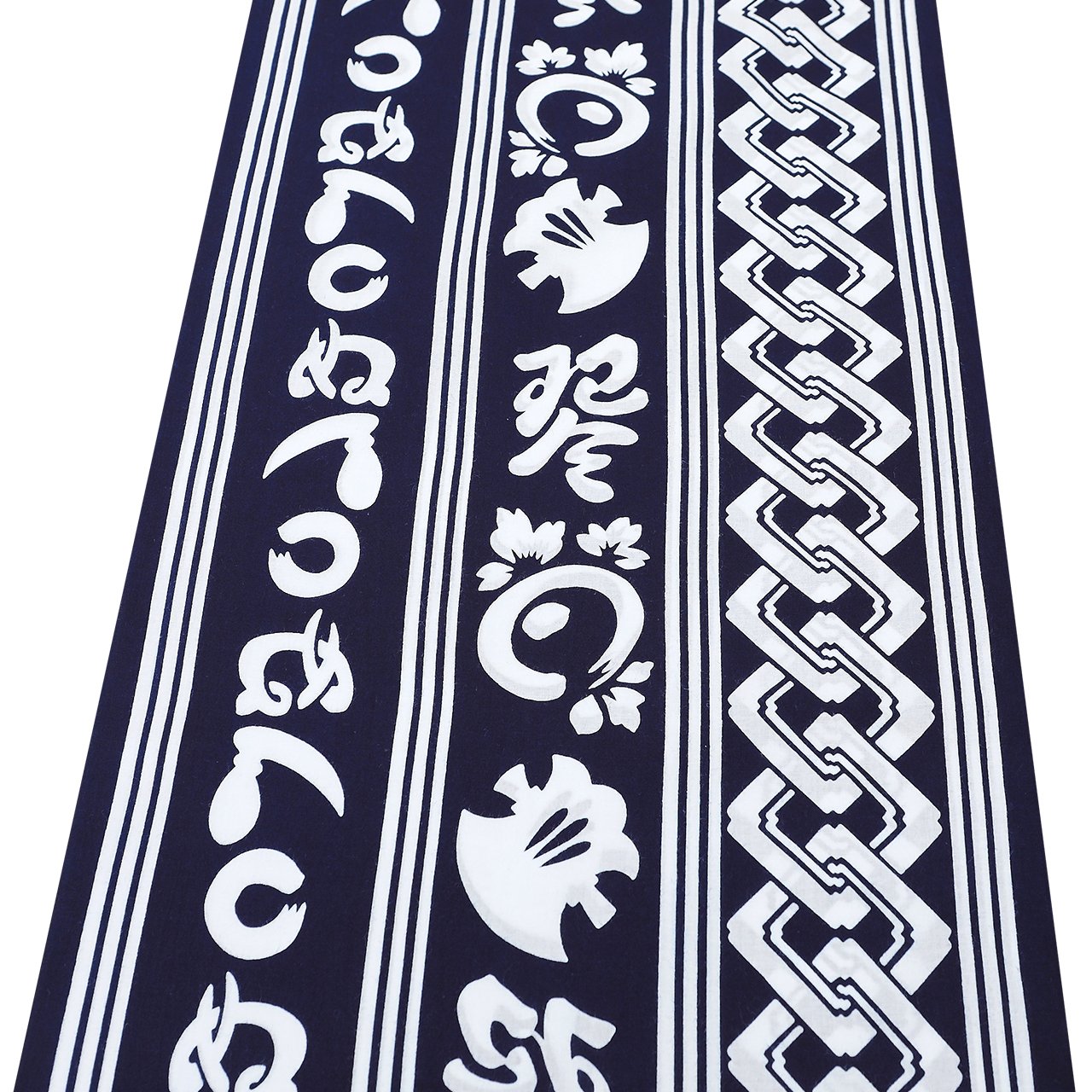 浴衣
浴衣
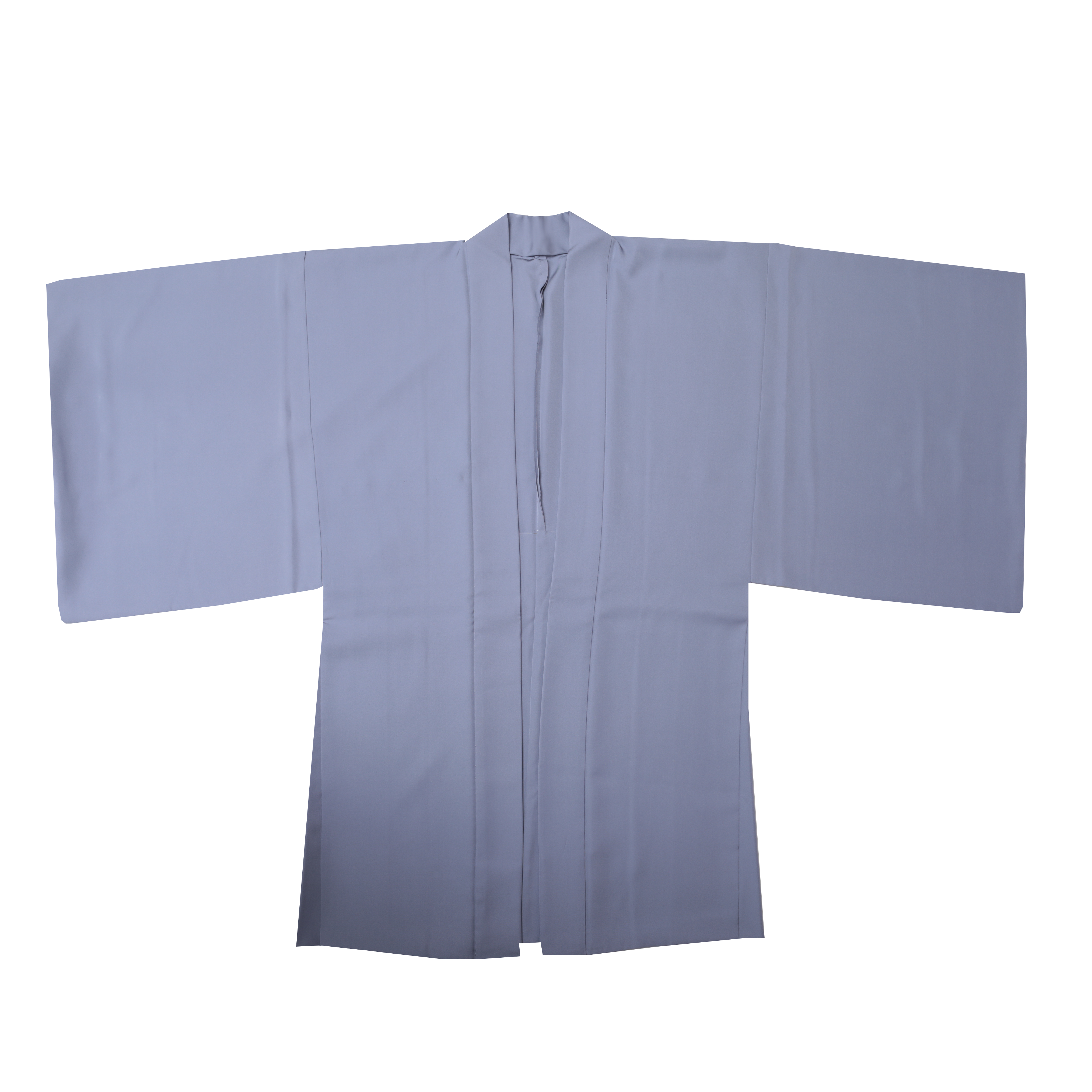 羽織・コート
羽織・コート
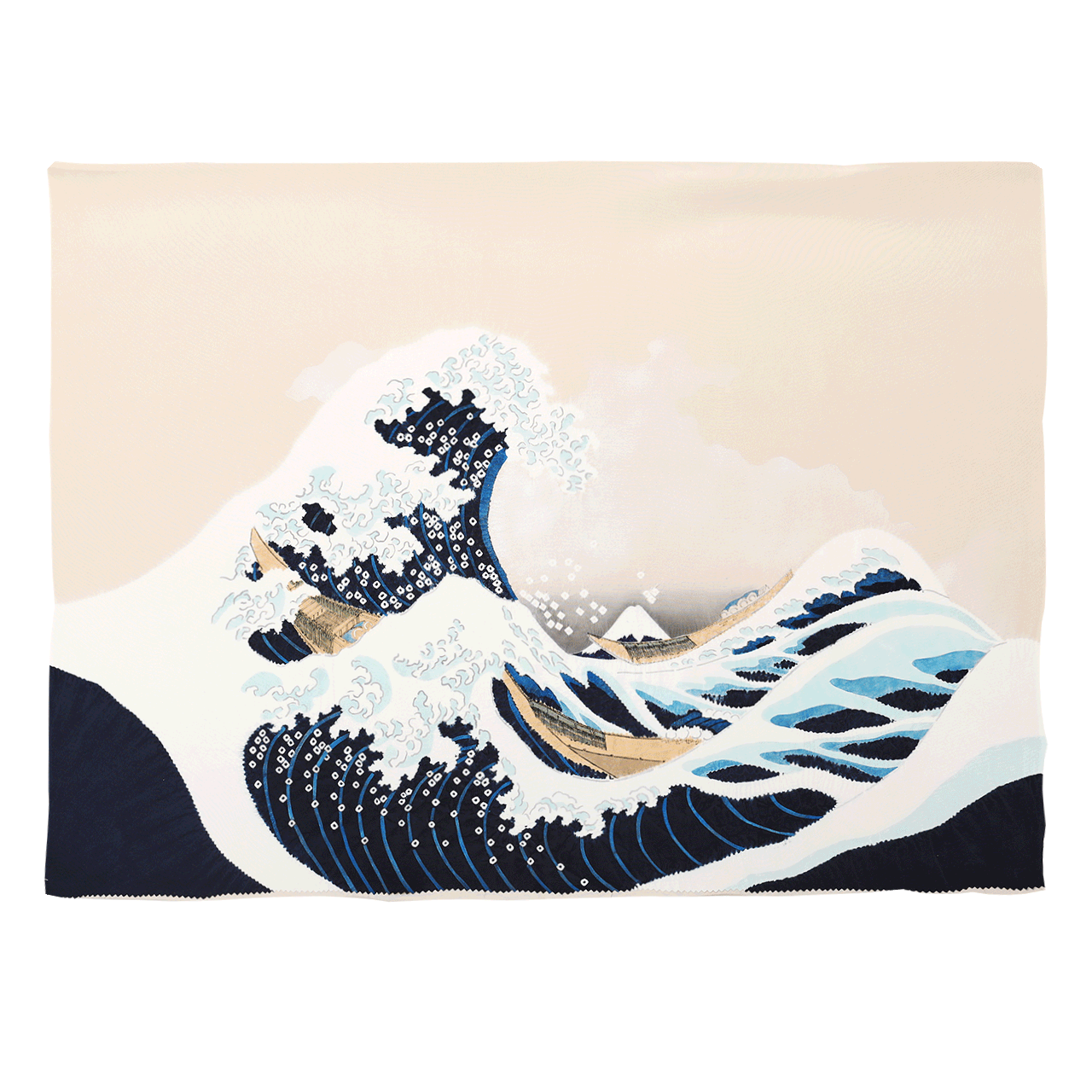 額裏
額裏
 肌着
肌着
 履物
履物
 紋付
紋付
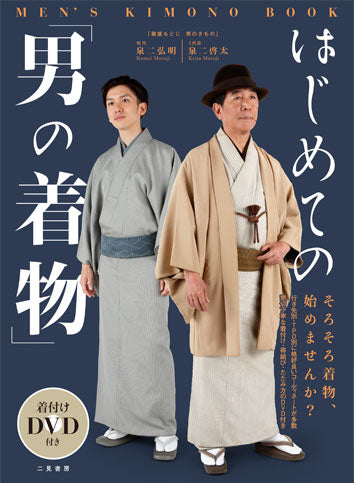 書籍
書籍
